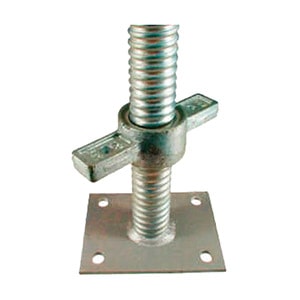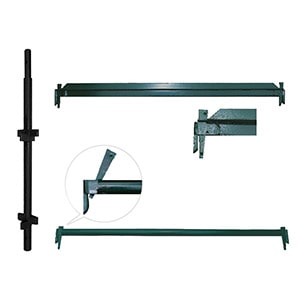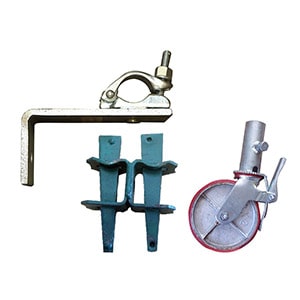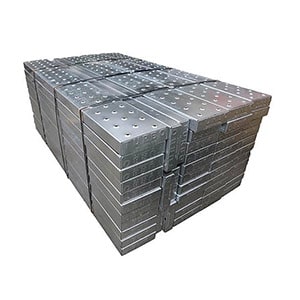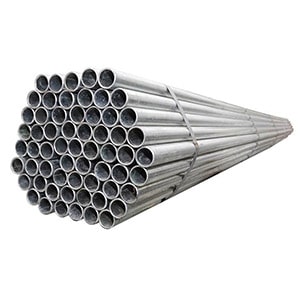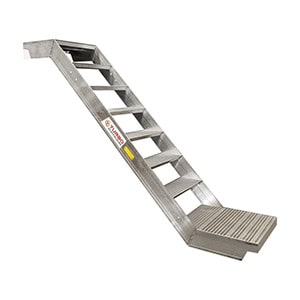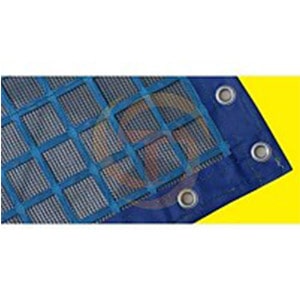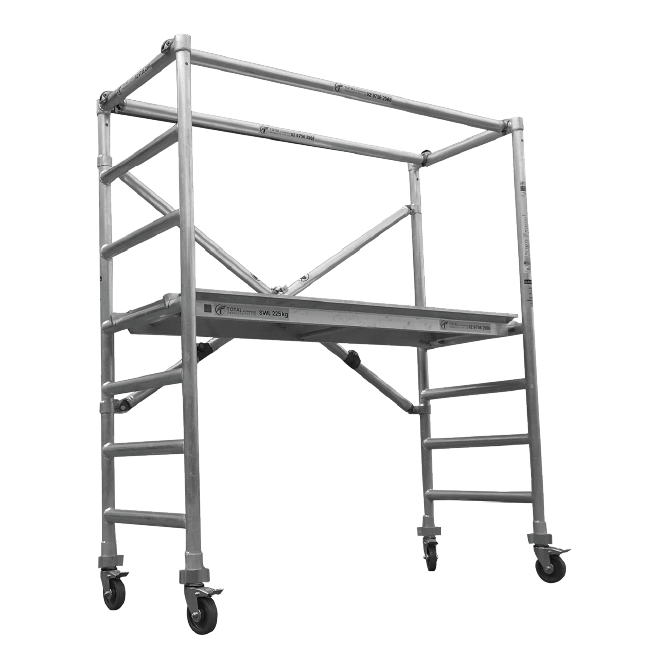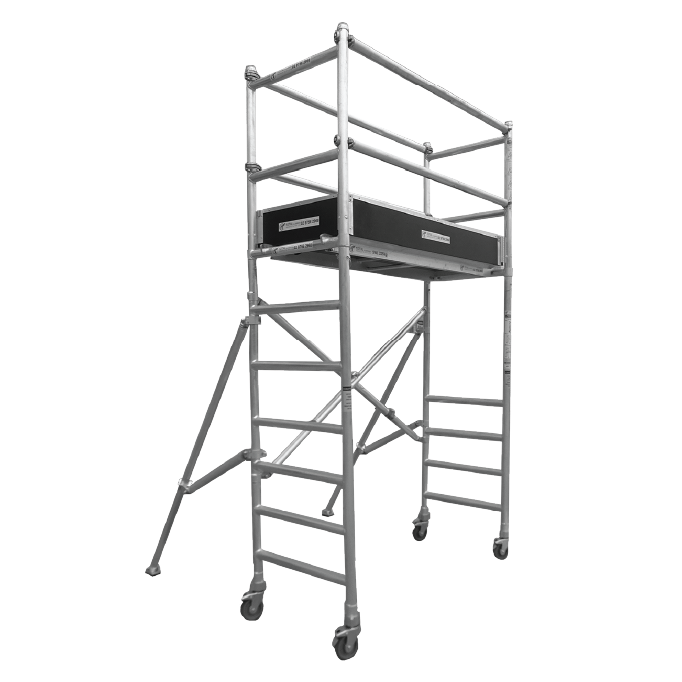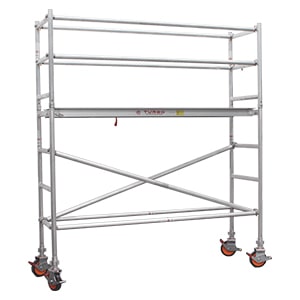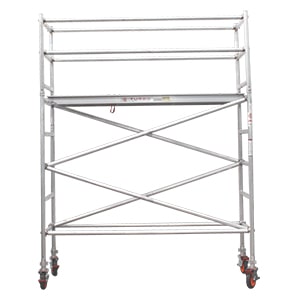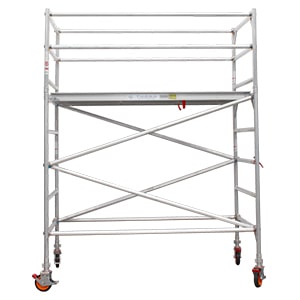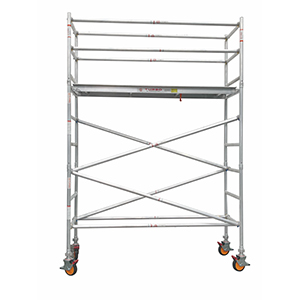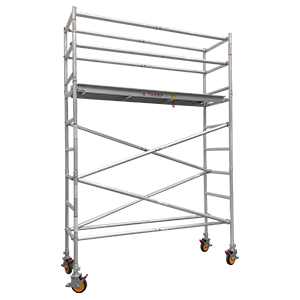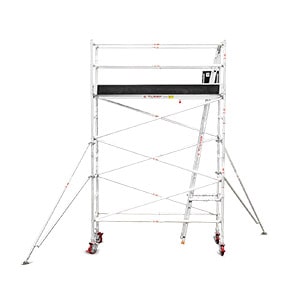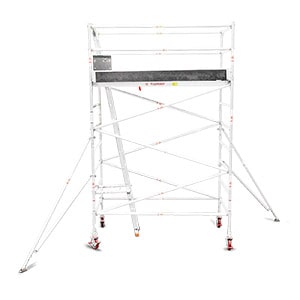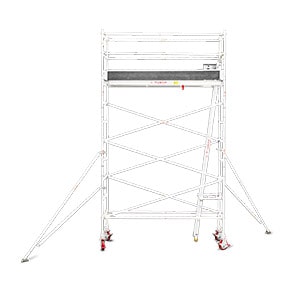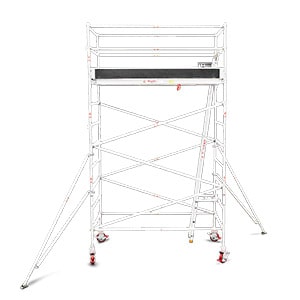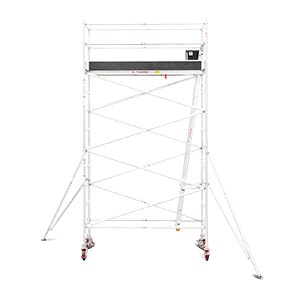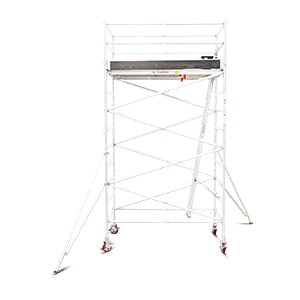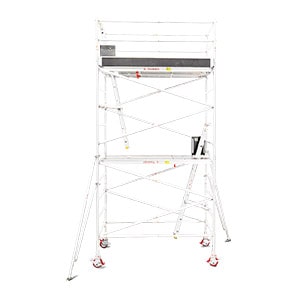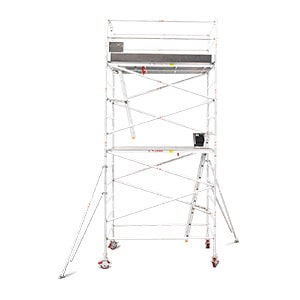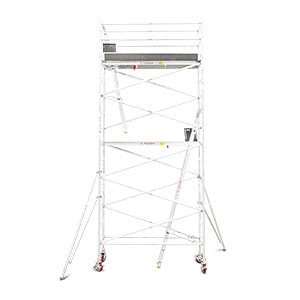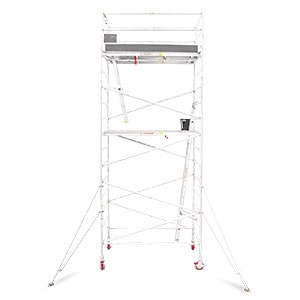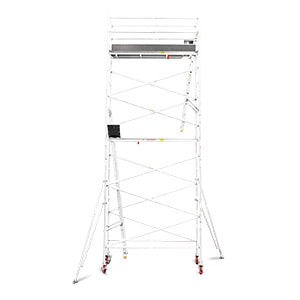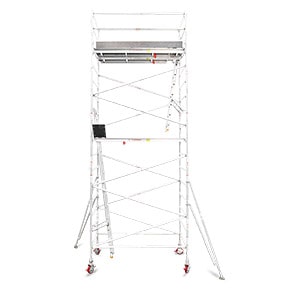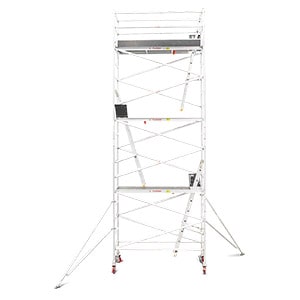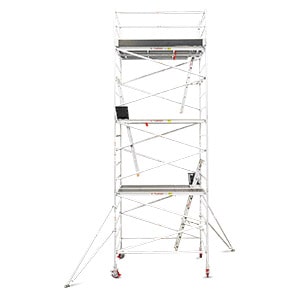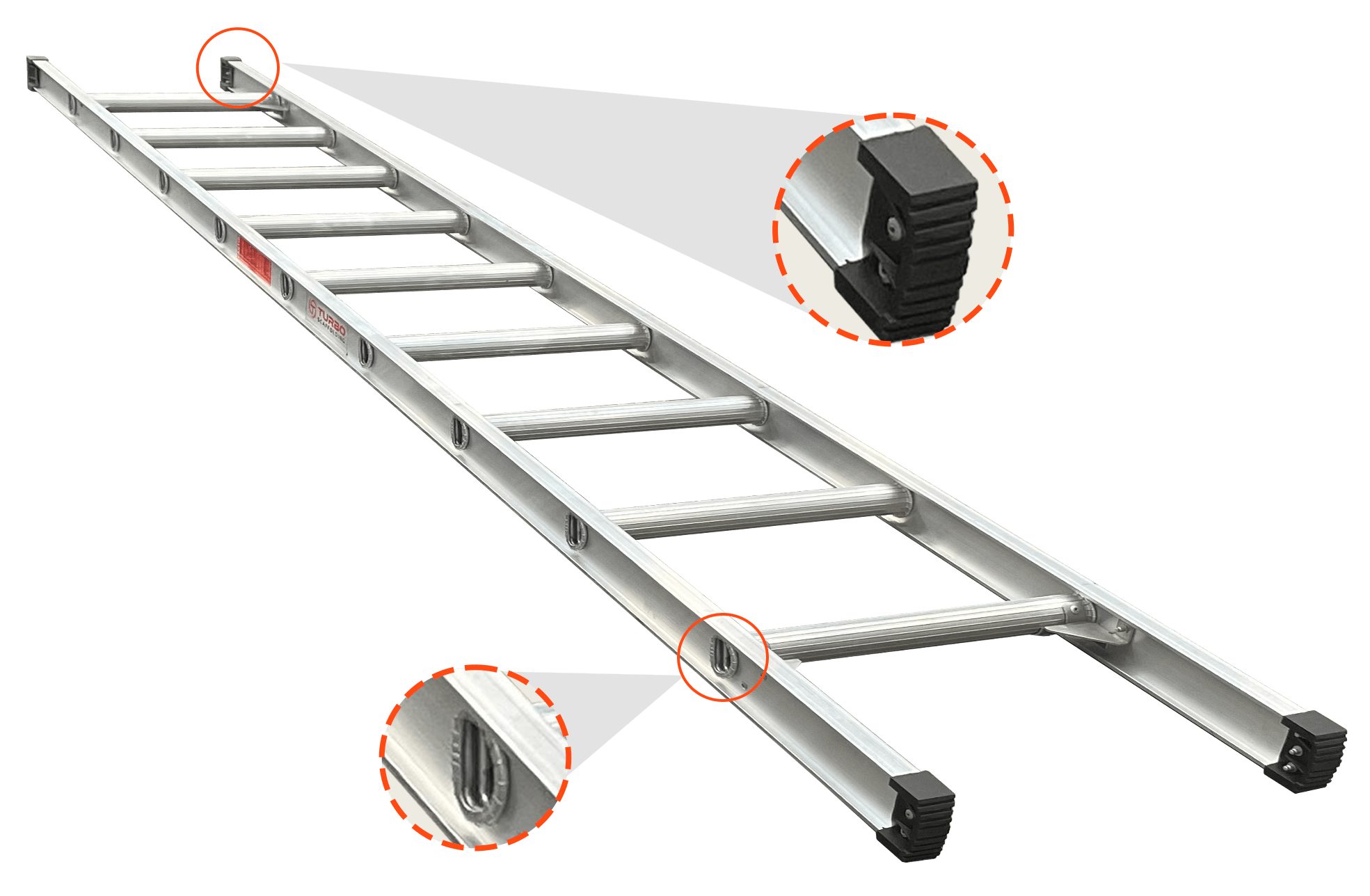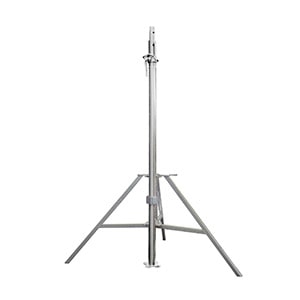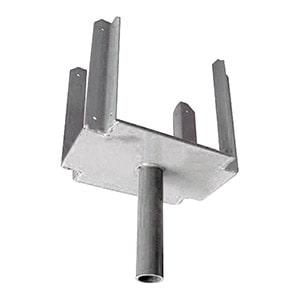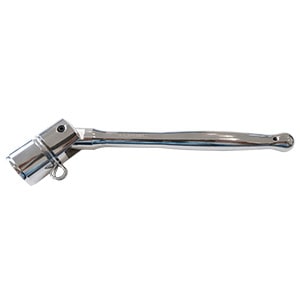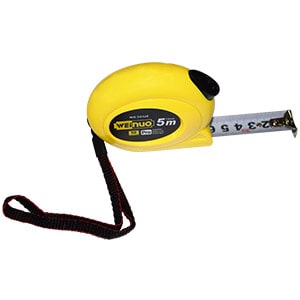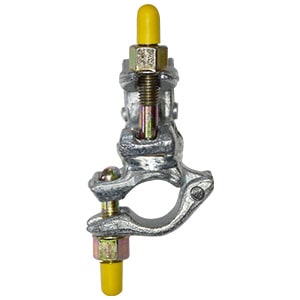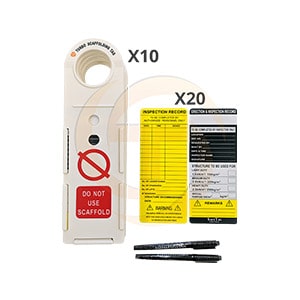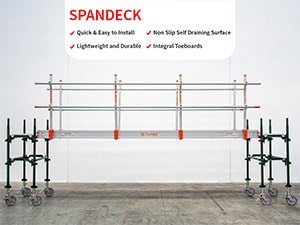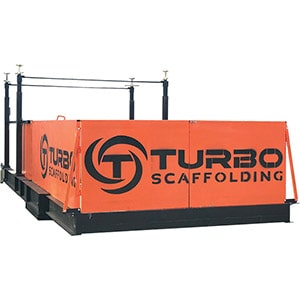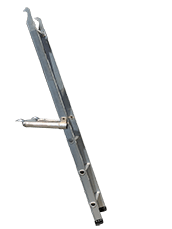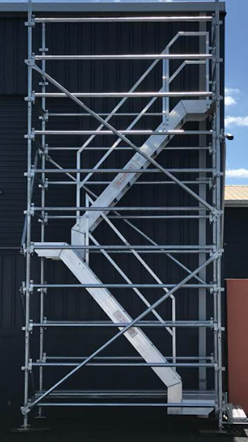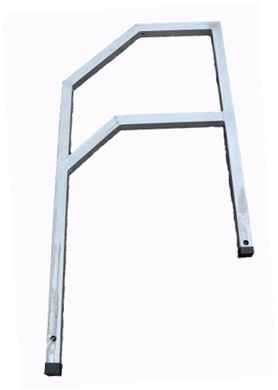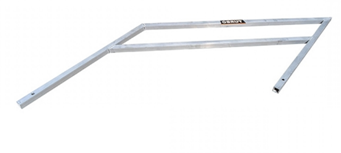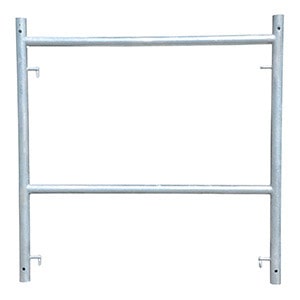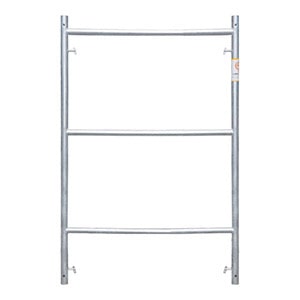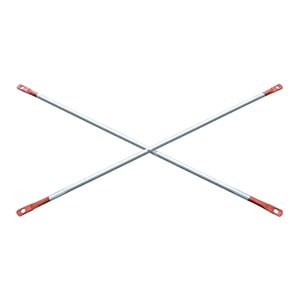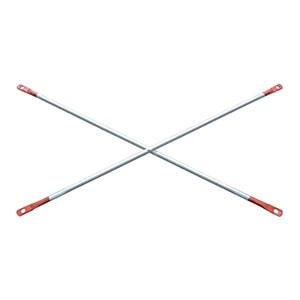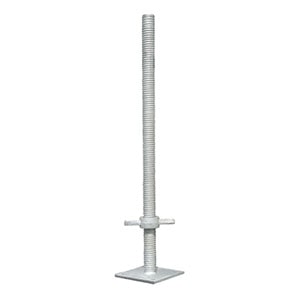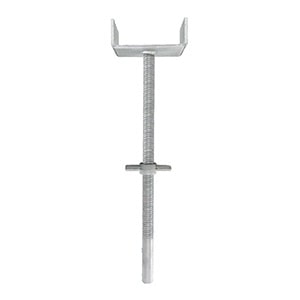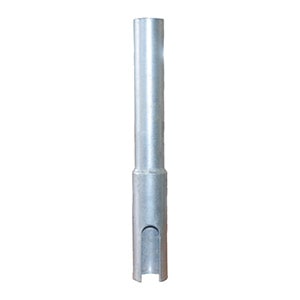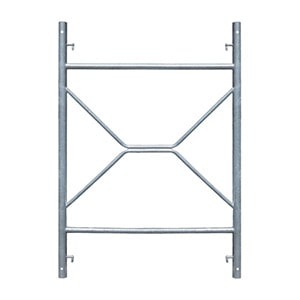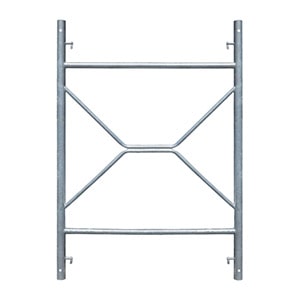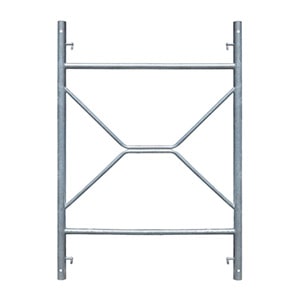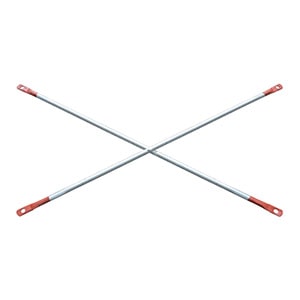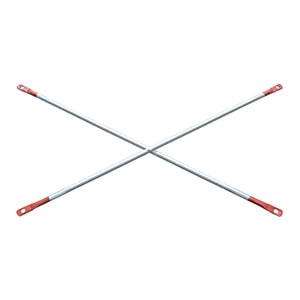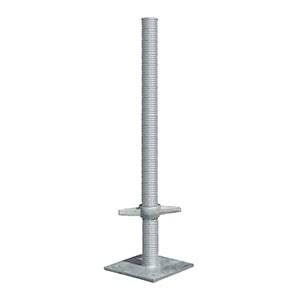No construction site is ever perfectly level. Builders often face the challenge of working on slopes, uneven surfaces, or soft ground. Setting up scaffolding in these conditions takes extra care, attention, and the right equipment to ensure safety and stability.
When scaffolding is placed on uneven or sloped terrain, the load can become unbalanced, increasing the risk of tilting or collapsing. A secure setup depends on proper groundwork, the right scaffold type, and essential accessories that keep everything stable.
Understanding the Challenge
Uneven or sloped ground can affect how scaffolding distributes weight across its base. Without the right foundation, one side might carry more load than the other, creating a dangerous tilt. This is why professional builders take the time to inspect the site first and plan their setup accordingly.
Before setting up, it’s vital to check for soft soil, hidden holes, or loose gravel that might shift under pressure. Once the surface is assessed, the next step is to choose a scaffolding system suited to these conditions.
The Importance of Sole Boards
Sole boards are one of the most critical elements for scaffolding on uneven terrain. These sturdy wooden or metal planks sit under each scaffold leg, spreading the load evenly across a wider surface. They prevent sinking and help maintain a stable base even on soft or slanted ground.
When working on a slope, each sole board may need to be adjusted or cut to different sizes to create a level platform for the scaffold standards. This ensures that the weight is properly distributed and that every part of the structure stands firm.
Kwikstage Scaffolding: Built for Stability
Kwikstage scaffolding is one of the most reliable systems for challenging sites. Its modular design allows workers to adjust height and layout easily, making it ideal for projects where the ground isn’t level.
The wedge-locking system in Kwikstage scaffolding ensures every part connects securely. This not only speeds up assembly but also provides a solid, balanced framework that holds up well under pressure. Many builders in Australia prefer Kwikstage for its strength and versatility, especially on sloped or irregular ground.
Turbo Scaffolding supplies Kwikstage systems that meet Australian safety standards and are compatible with various site requirements. Whether you’re building on flat ground or a steep incline, this system offers the flexibility needed to get the job done safely.
Aluminium Scaffolding for Lighter Projects
For projects that require mobility or frequent repositioning, aluminium scaffolding is a smart choice. It’s lightweight yet strong enough to support heavy loads. This makes it particularly useful for painters, maintenance workers, or smaller-scale construction jobs where the scaffold needs to be moved often.
On uneven surfaces, aluminium scaffolding reduces ground pressure because of its lighter frame. Combined with sole boards and adjustable base plates, it can create a safe and level structure in places where heavier steel scaffolds might struggle.
Keeping It Straight: Scaffold Ledgers
The scaffold ledgers are the horizontal bars that connect the uprights and keep the entire structure aligned. On a slope, they play an even more important role in maintaining the balance of the platform. Properly aligned ledgers distribute weight evenly and prevent the working platforms from tilting.
When setting up scaffolding on uneven terrain, always check that the ledgers are perfectly level. Using a spirit level and adjusting the base plates helps ensure a safe and steady setup.
Scaffold Stairs: Safe Access on Uneven Ground
Access is another major concern on sloped sites. Ladders can be risky when the ground isn’t flat, so scaffold stairs are the safer option. They provide a firm, non-slip route for workers moving up and down the scaffold, reducing the chance of falls.
If you’re looking for scaffold stairs for sale, make sure they’re compatible with your chosen scaffold type, such as Kwikstage or aluminium systems. Sturdy stairs not only improve safety but also make it easier to carry tools and materials between levels.
Tips for Setting Up on Sloped or Uneven Sites
- Inspect the ground: Identify soft spots, slopes, or debris that could affect the scaffold’s footing.
- Use sole boards correctly: Always place them under each leg, and adjust for level.
- Check alignment regularly: Keep ledgers and platforms level throughout the setup.
- Brace and tie properly: Use braces and wall ties to secure the scaffold against lateral movement.
- Follow safety standards: Adhere to all relevant Australian Standards for scaffold construction and load capacity.
The Right Setup Makes All the Difference
Working on uneven or sloped ground doesn’t have to compromise safety. With the right scaffolding system, proper setup, and essential accessories like sole boards, scaffold ledgers, and scaffold stairs, it’s possible to create a safe and stable work platform for any project.
Both Kwikstage scaffolding and aluminium scaffolding offer dependable solutions that adapt to different terrains and construction needs. Choosing the right components ensures your team can work efficiently while maintaining the highest level of safety.
Need Scaffolding for Challenging Sites?
For reliable and safe scaffolding systems that perform well on uneven or sloped ground, contact Turbo Scaffolding. With over two decades of industry experience, Turbo Scaffolding is one of Australia’s most trusted suppliers of high-quality scaffolding equipment. The company provides durable and tested products that comply with Australian Standards, ensuring every structure meets strict safety requirements.
Explore a complete range of scaffolding options, including Kwikstage scaffolding, aluminium scaffolding, sole boards, scaffold ledgers, and scaffold stairs. All products are designed for easy setup, long-term performance, and dependable support on every kind of site.
Get in touch with Turbo Scaffolding today to find the right setup for your next project and build with confidence on any terrain.

